Ab Rogers unveils the latest Maggie’s Centre at the Royal Marsden hospital in Sutton
Ab Rogers' Maggie's Centre at the Royal Marsden in Sutton, South England, is a human-centric, peaceful environment for the well known cancer support charity
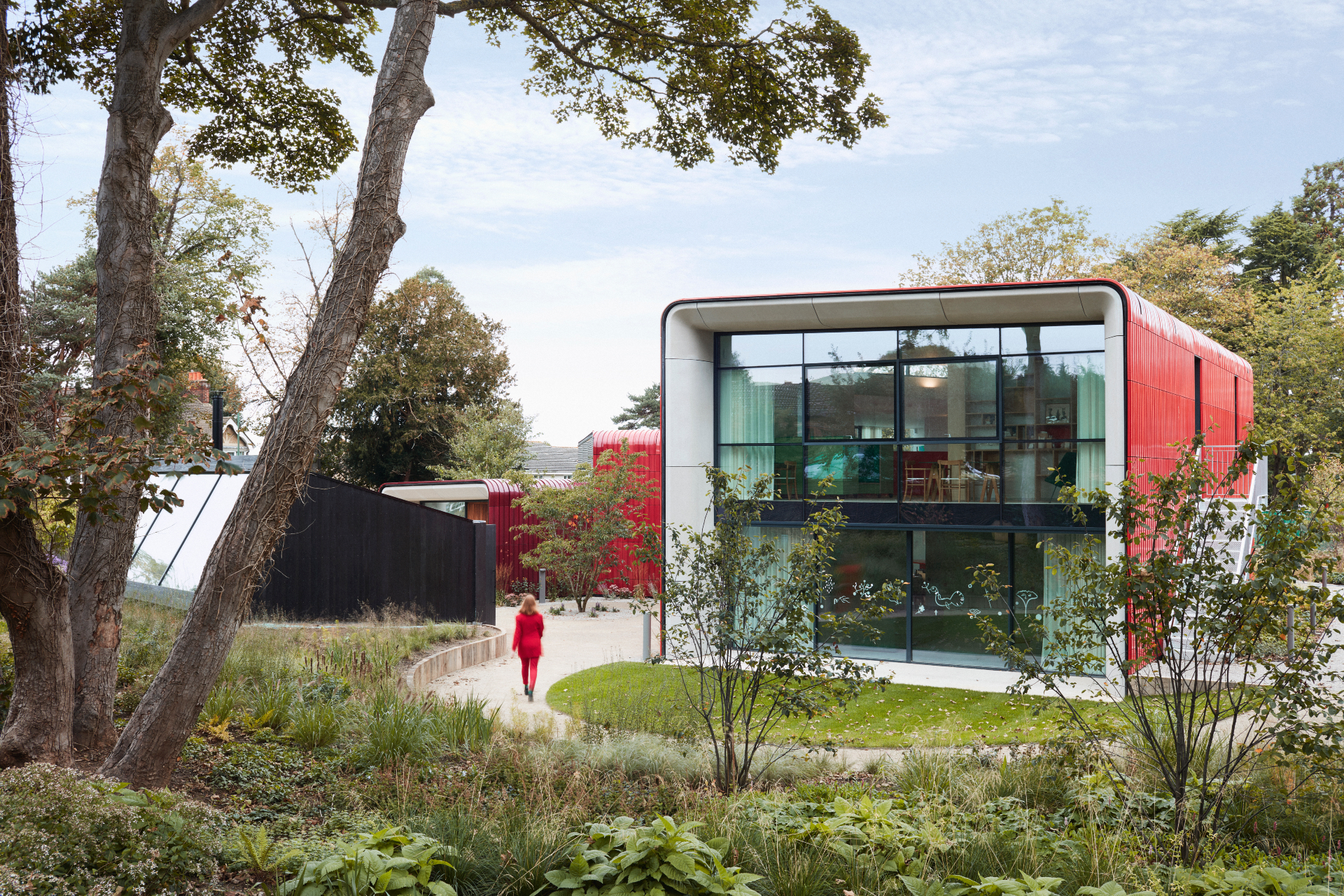
There’s something distinctly soothing about the gentle curves and calculated colour pops at the latest project by Ab Rogers Design; unsurprisingly perhaps, given that the commission was for a Maggie’s Centre, the newest in the series of famous design-driven cancer support centres across the country that have a particularly human-centric approach at their heart.
Set up by the late Charles Jencks and Maggie Keswick Jencks, Maggie’s (as they are often simply and affectionately referred to) features over 20 structures in its arsenal, created by some of the world’s leading names in architecture, including OMA, Steven Holl and Zaha Hadid. Rogers’ has just been launched, set on the site of the Royal Marsden hospital in Sutton, a facility known for its advanced cancer research and treatment.
Walking up from the street, there’s little that separates the new building from the public realm – no walls or fencing – just a flowing landscaping plan by renowned Dutch garden designer Piet Oudolf, which, come spring, will turn into a lush garden, bringing nature right up to the street (the site used to host a car park behind a tall wall).
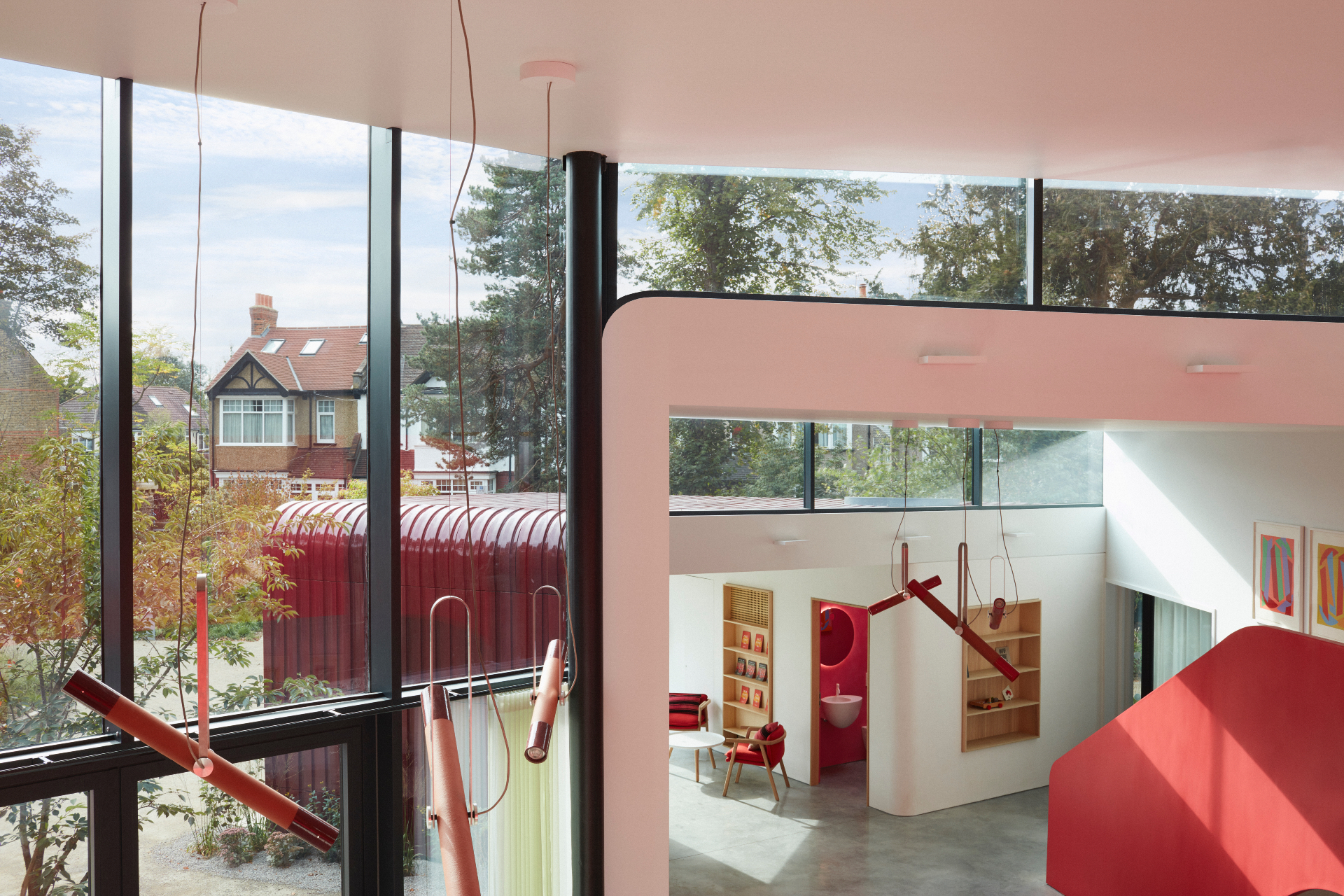
The structure itself would be fairly low key too – a composition of four low volumes, organised in a half-moon shape – were it not for the eye-catching red of its cladding. This was made of ceramic tiles painstakingly planned to follow the roof’s curves through soft variations in their profile, and made in Italy (by the same manufacturer that provides the cladding for Herzog and de Meuron’s M+ Museum in Hong Kong, no less). Upon closer inspection each volume features a slightly different shade of red, creating a pleasant play on shadow and perspective - and softening the effect of the coloured surfaces.
Rogers, whose signature use of colour often involves bright primaries and every shade in-between, did not shy away from bringing some vibrancy into this scheme too, although this is not colour for colour's sake. ‘There was a clear brief, but then also there was a continuous conversation through which the design evolved and everything was created around the movement and function within,’ explains Rogers. So there are darker, more soothing colours in some of the therapy rooms, but brighter colours in communal areas, while a distinctly red staircase clearly highlights the circulation flow and brings everything together.
RELATED STORY
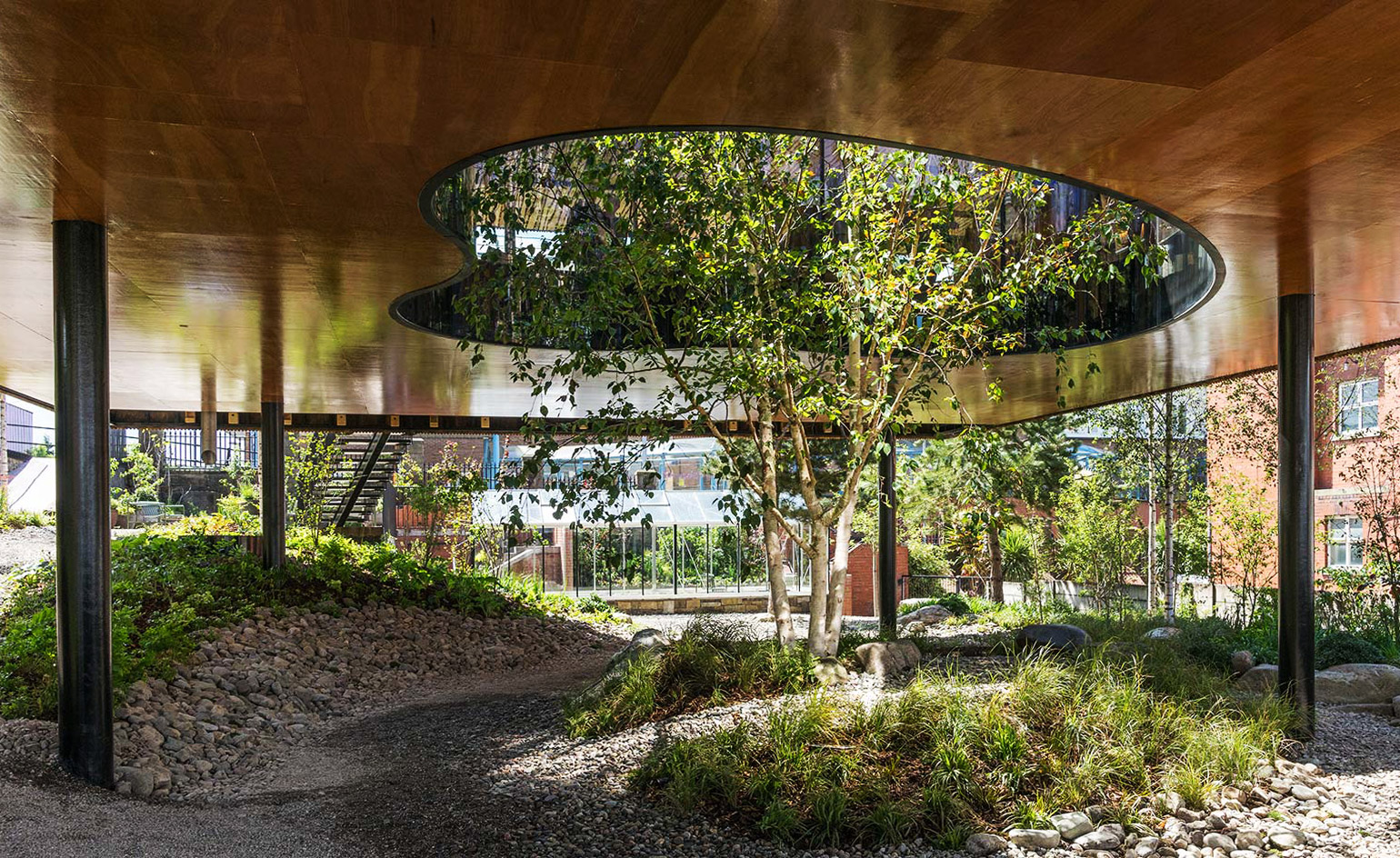
There is a naturally lit, double height central area, as Maggie’s Centres often have, with sitting, kitchen and dinning spots. This open plan space leads to all other areas in the building – the therapy rooms, a large multifunctional space often used for yoga practice, toilets (one of which features a playful Barragan-referencing round skylight, Rogers says), and the main staircase that takes visitors up to the offices, further therapy rooms and a vividly yellow accented library. A shed in the garden, in darker and more neutral colours, developed into a multi-functional ‘garden room' during the design process, offering further flexible space for Maggie's users.
‘Everything was designed around the user experience and what they need,' says Rogers. ‘It is about Maggie's main principles of human-centric care and overall ethos'. To underline this, large openings to every direction bring plenty of light in and make the indoors feel transparent and airy. Clear views across levels ensure the space feels open, welcoming and non-hierarchical, while acoustics were carefully calculated to allow for subtle privacy but not absolute, harsh seclusion. At the same time, the soft curves everywhere, from walls to windows and even the bespoke wooden door handles and cutlery (Rogers worked on every little detail, down to picking furniture and kitchen accessories) make for a gentle, cocooning environment; a perfectly customised shelter.
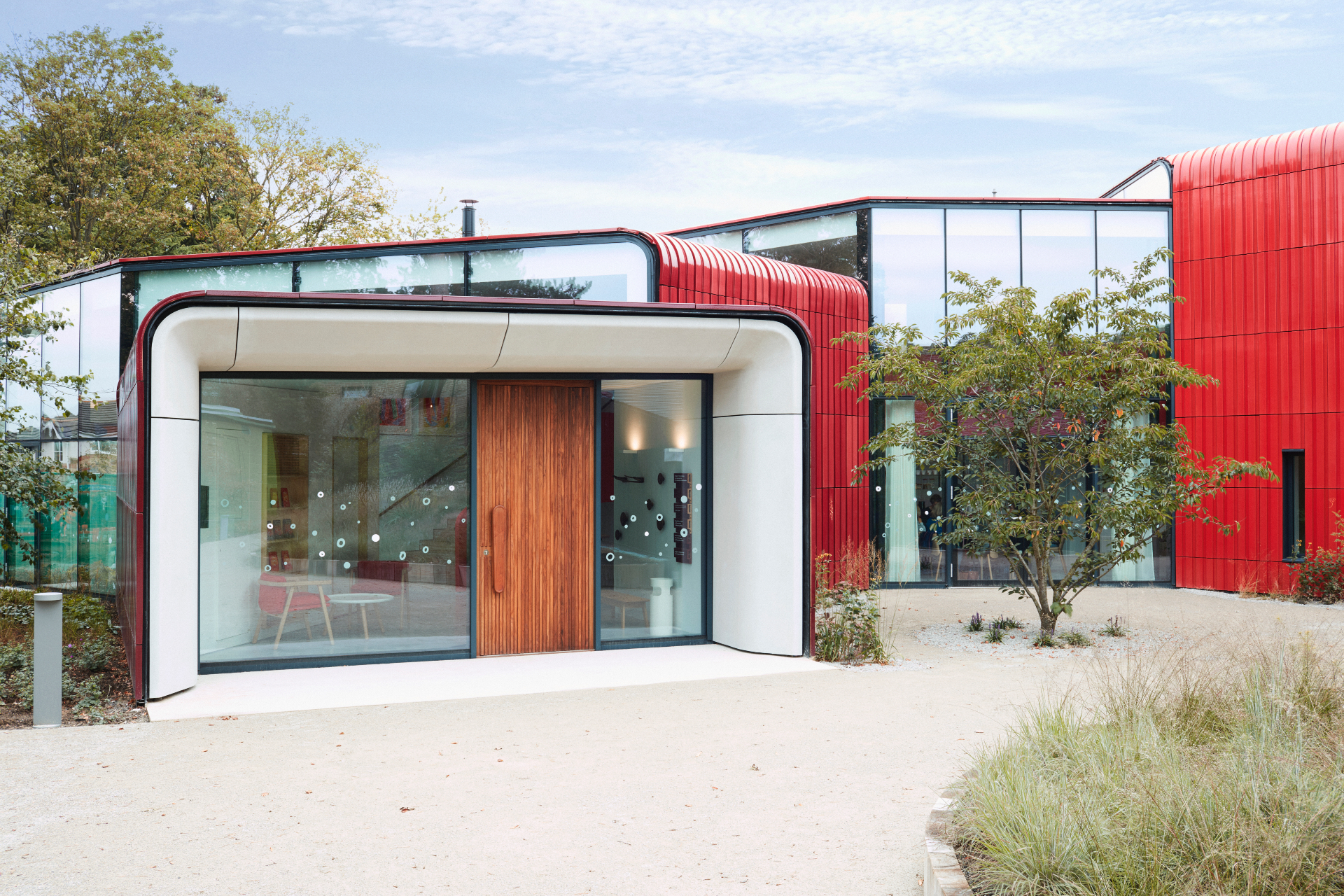
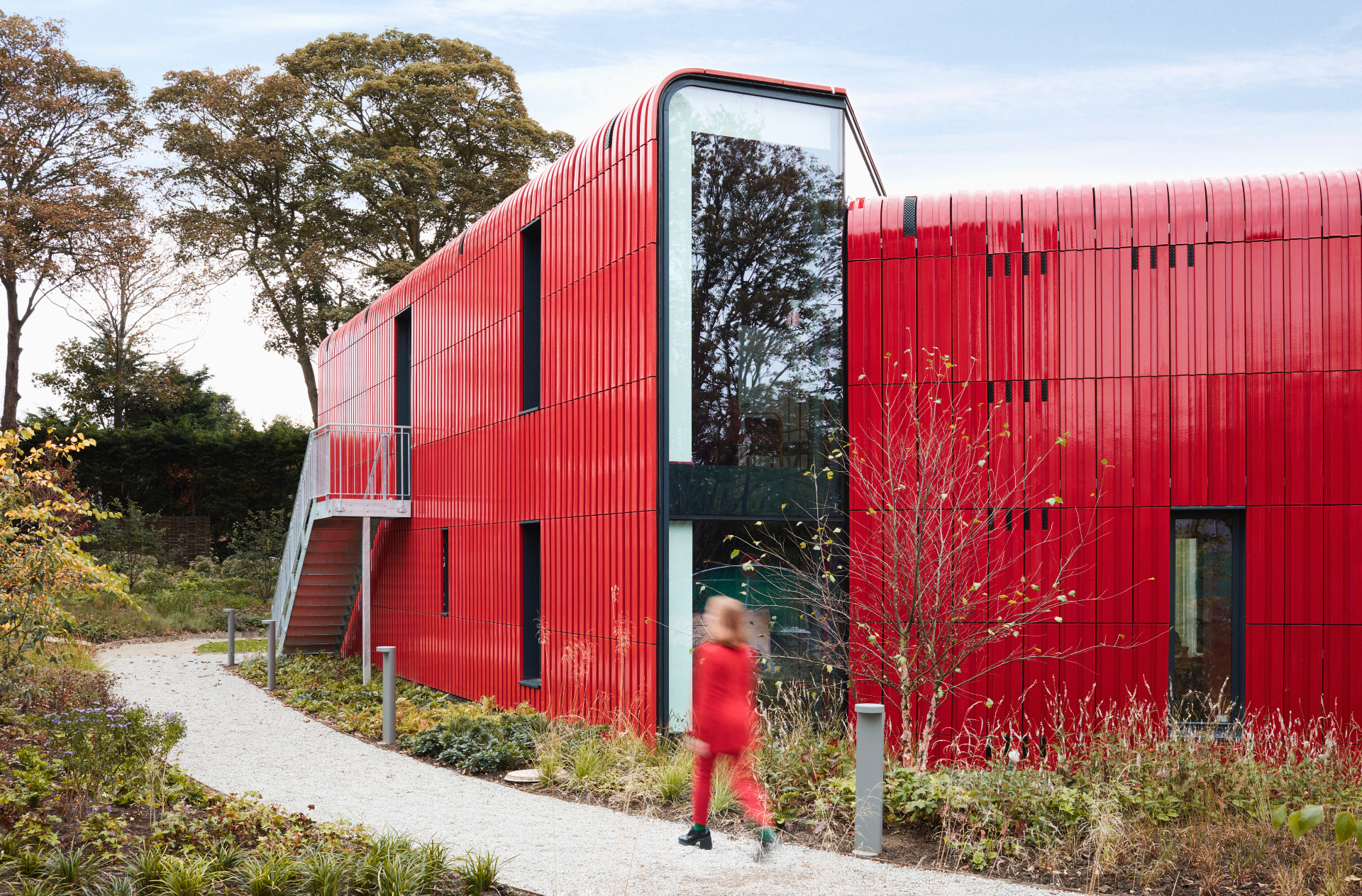
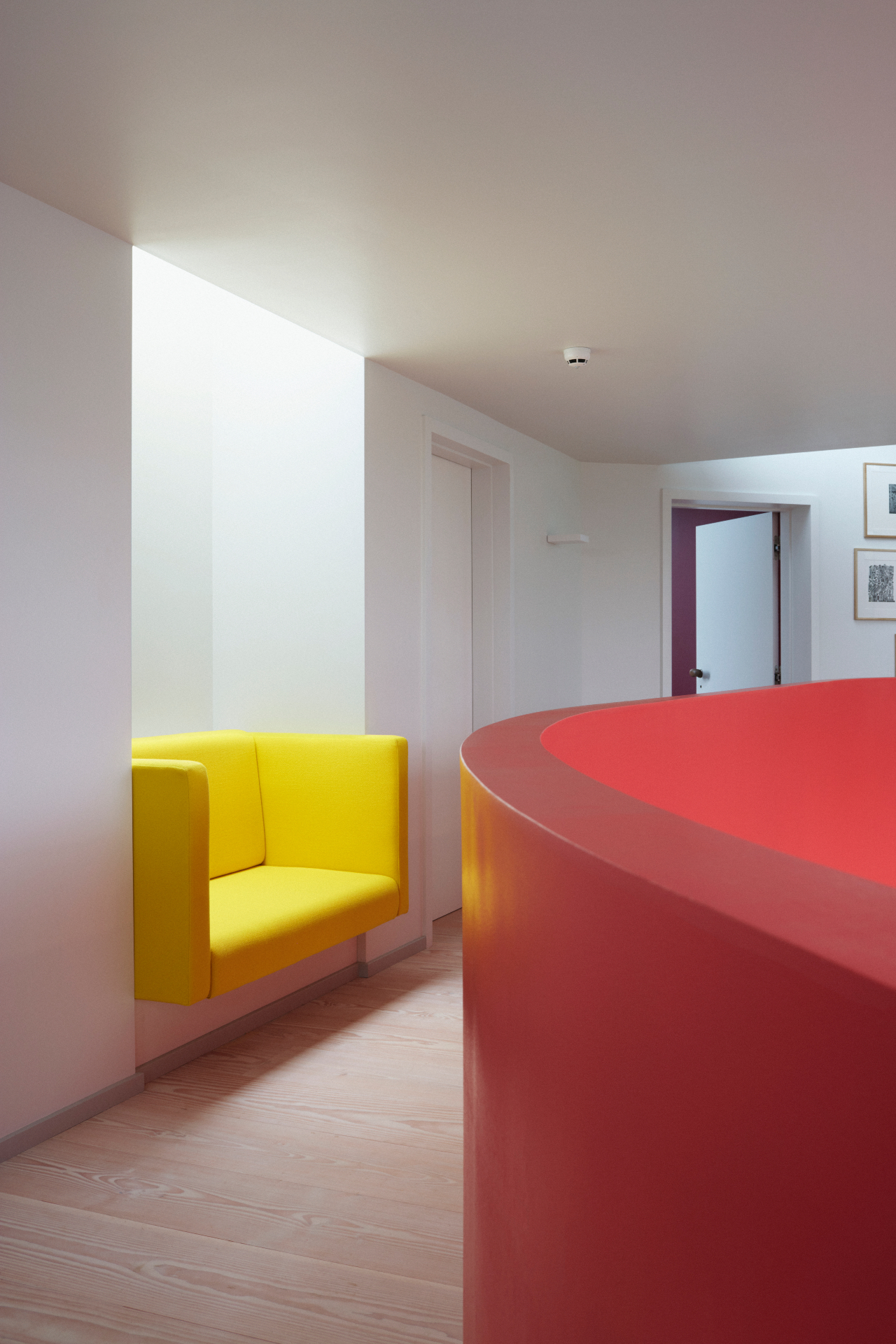
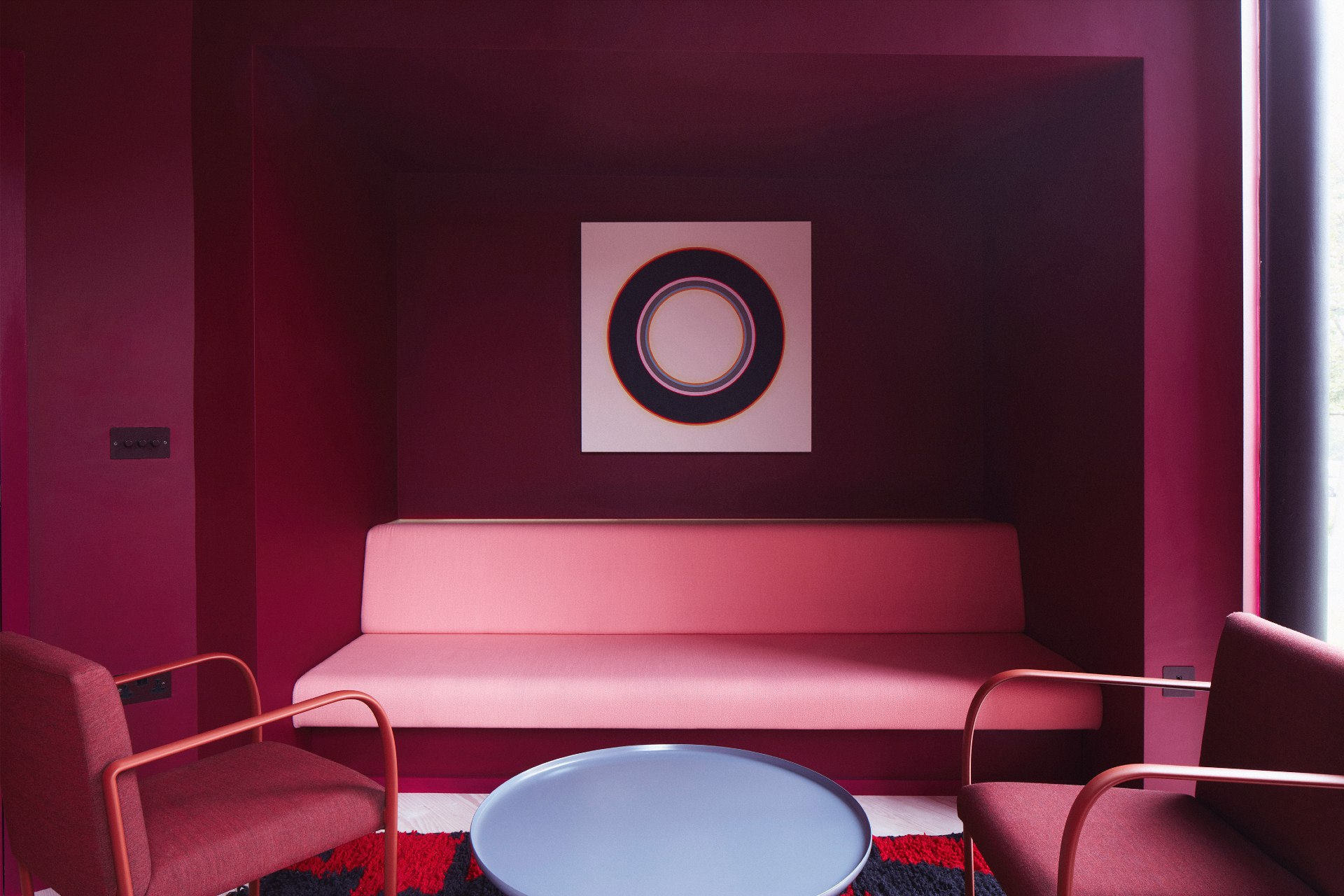
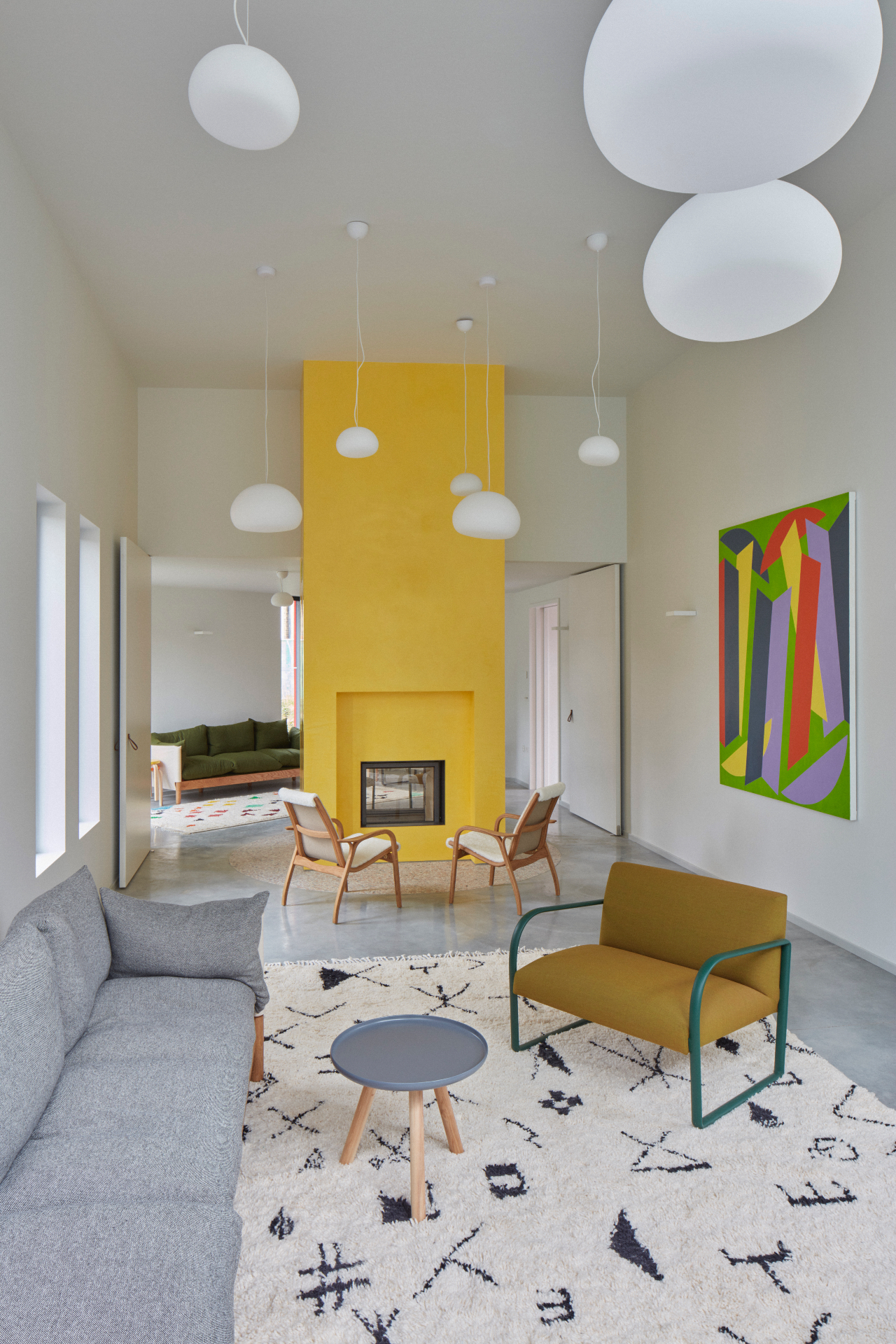
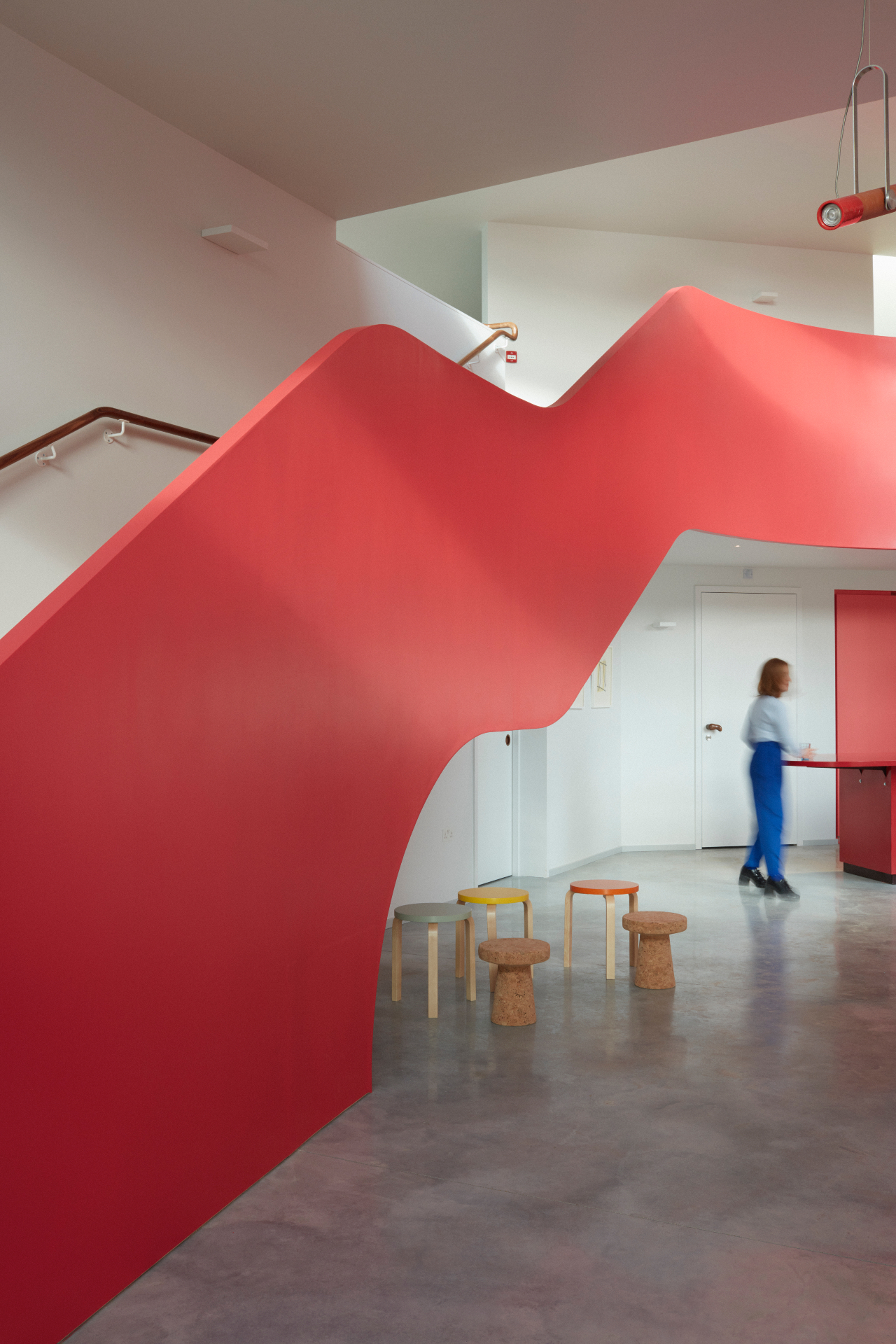
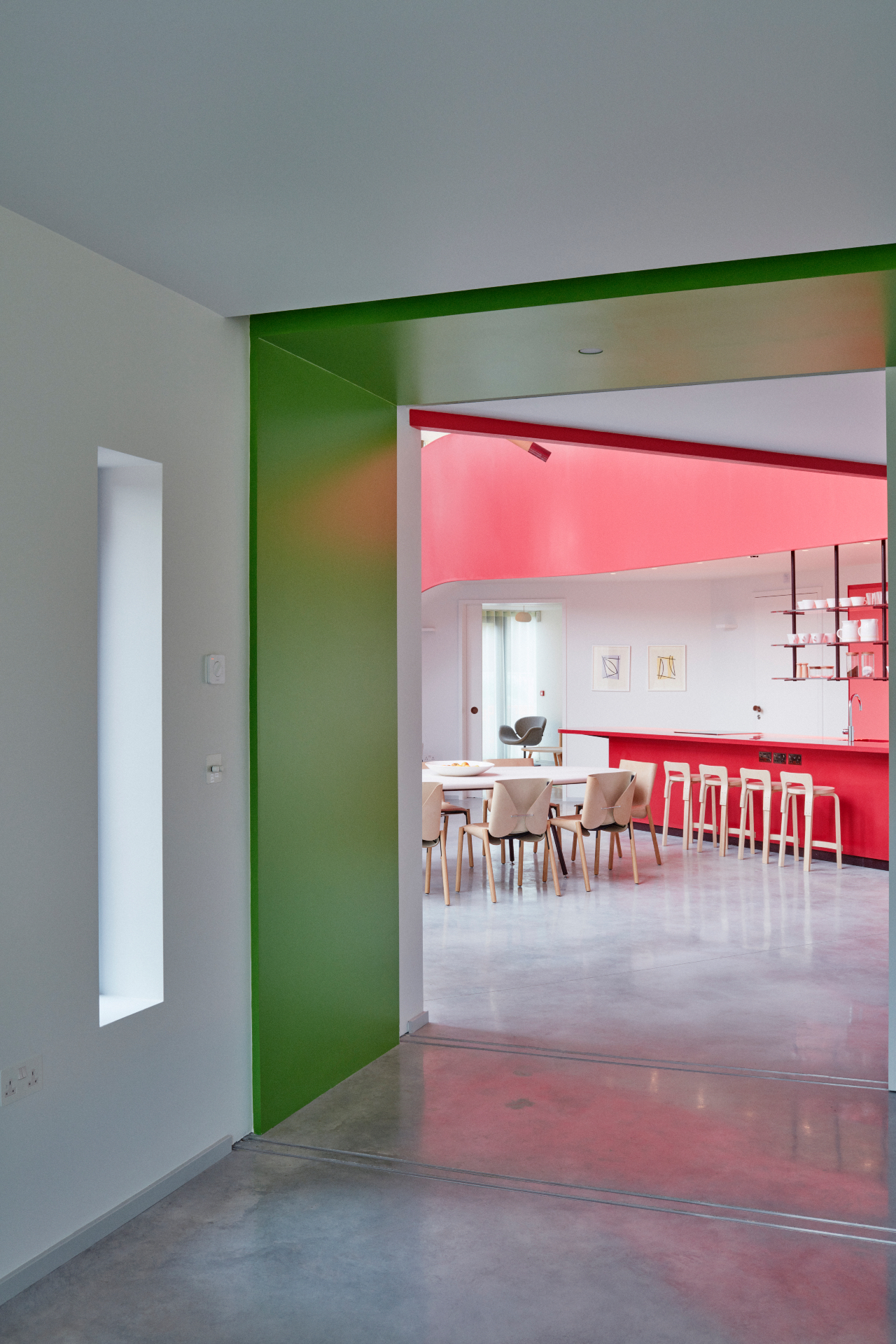
INFORMATION
Receive our daily digest of inspiration, escapism and design stories from around the world direct to your inbox.
Ellie Stathaki is the Architecture & Environment Director at Wallpaper*. She trained as an architect at the Aristotle University of Thessaloniki in Greece and studied architectural history at the Bartlett in London. Now an established journalist, she has been a member of the Wallpaper* team since 2006, visiting buildings across the globe and interviewing leading architects such as Tadao Ando and Rem Koolhaas. Ellie has also taken part in judging panels, moderated events, curated shows and contributed in books, such as The Contemporary House (Thames & Hudson, 2018), Glenn Sestig Architecture Diary (2020) and House London (2022).
-
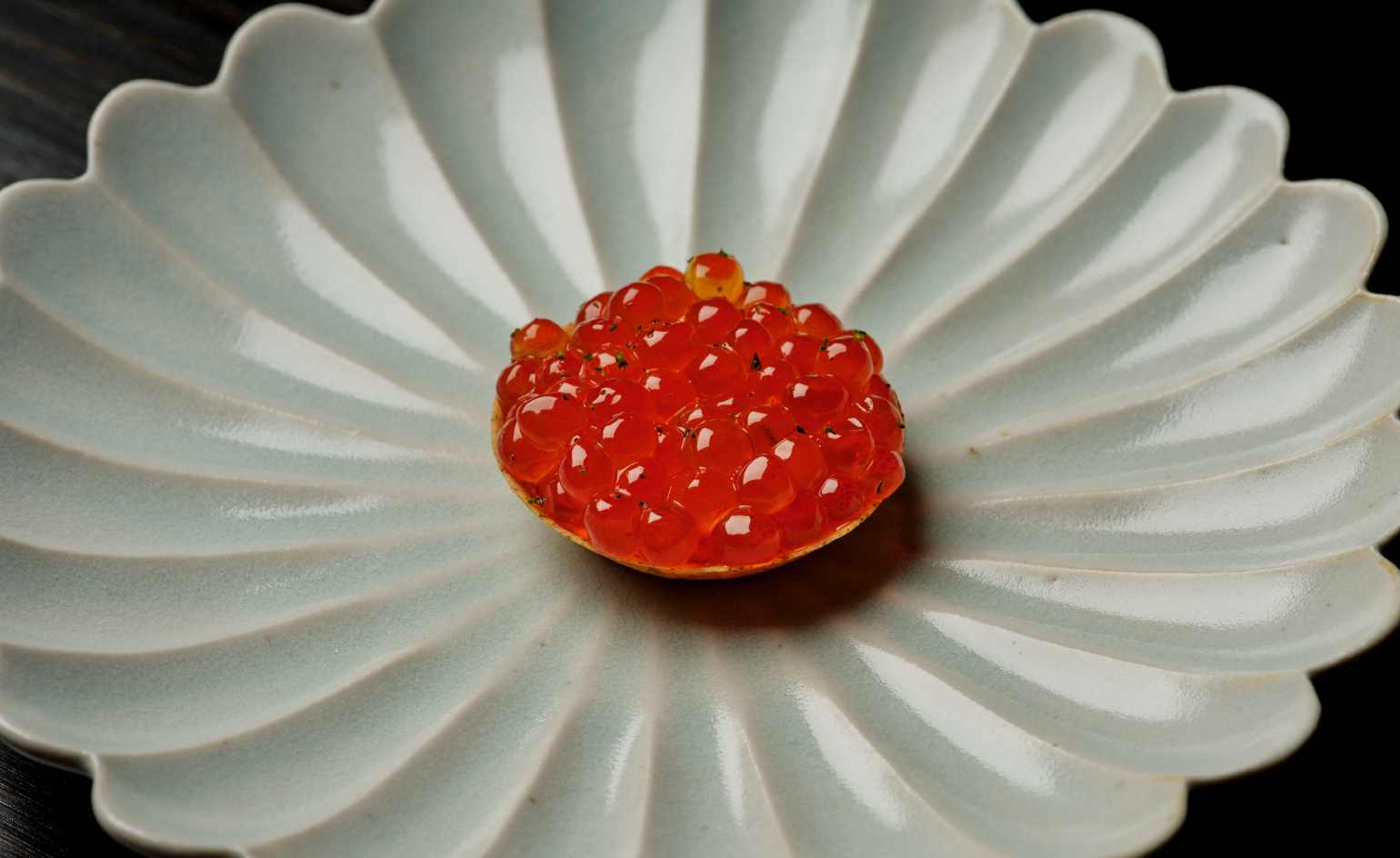 This cult Los Angeles pop-up restaurant now has a permanent address
This cult Los Angeles pop-up restaurant now has a permanent addressChef Brian Baik’s Corridor 109 makes its permanent debut in Melrose Hill. No surprise, it's now one of the hardest tables in town to book
-
 French bistro restaurant Maset channels the ease of the Mediterranean in London
French bistro restaurant Maset channels the ease of the Mediterranean in LondonThis Marylebone restaurant is shaped by the coastal flavours, materials and rhythms of southern France
-
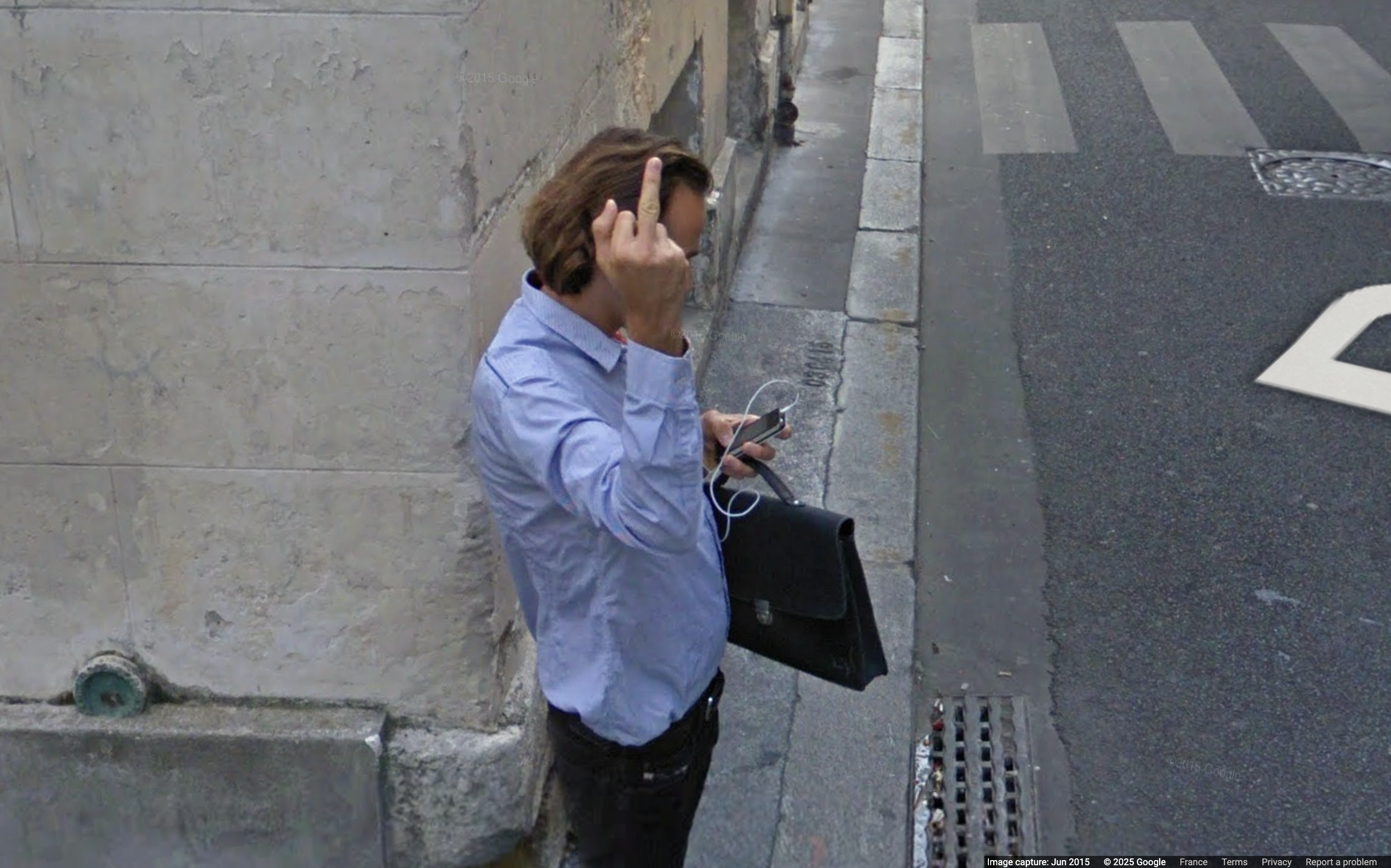 How ethical is Google Street View, asks Jon Rafman in Copenhagen
How ethical is Google Street View, asks Jon Rafman in CopenhagenIn 'Report a Concern - the Nine Eyes Archives' at Louisiana Museum of Art, Copenhagen, Jon Rafman considers technology's existential implications
-
 A former agricultural building is transformed into a minimal rural home by Bindloss Dawes
A former agricultural building is transformed into a minimal rural home by Bindloss DawesZero-carbon design meets adaptive re-use in the Tractor Shed, a stripped-back house in a country village by Somerset architects Bindloss Dawes
-
 RIBA House of the Year 2025 is a ‘rare mixture of sensitivity and boldness’
RIBA House of the Year 2025 is a ‘rare mixture of sensitivity and boldness’Topping the list of seven shortlisted homes, Izat Arundell’s Hebridean self-build – named Caochan na Creige – is announced as the RIBA House of the Year 2025
-
 In addition to brutalist buildings, Alison Smithson designed some of the most creative Christmas cards we've seen
In addition to brutalist buildings, Alison Smithson designed some of the most creative Christmas cards we've seenThe architect’s collection of season’s greetings is on show at the Roca London Gallery, just in time for the holidays
-
 In South Wales, a remote coastal farmhouse flaunts its modern revamp, primed for hosting
In South Wales, a remote coastal farmhouse flaunts its modern revamp, primed for hostingA farmhouse perched on the Gower Peninsula, Delfyd Farm reveals its ground-floor refresh by architecture studio Rural Office, which created a cosy home with breathtaking views
-
 A revived public space in Aberdeen is named Scotland’s building of the year
A revived public space in Aberdeen is named Scotland’s building of the yearAberdeen's Union Terrace Gardens by Stallan-Brand Architecture + Design and LDA Design wins the 2025 Andrew Doolan Best Building in Scotland Award
-
 A refreshed 1950s apartment in East London allows for moments of discovery
A refreshed 1950s apartment in East London allows for moments of discoveryWith this 1950s apartment redesign, London-based architects Studio Naama wanted to create a residence which reflects the fun and individual nature of the clients
-
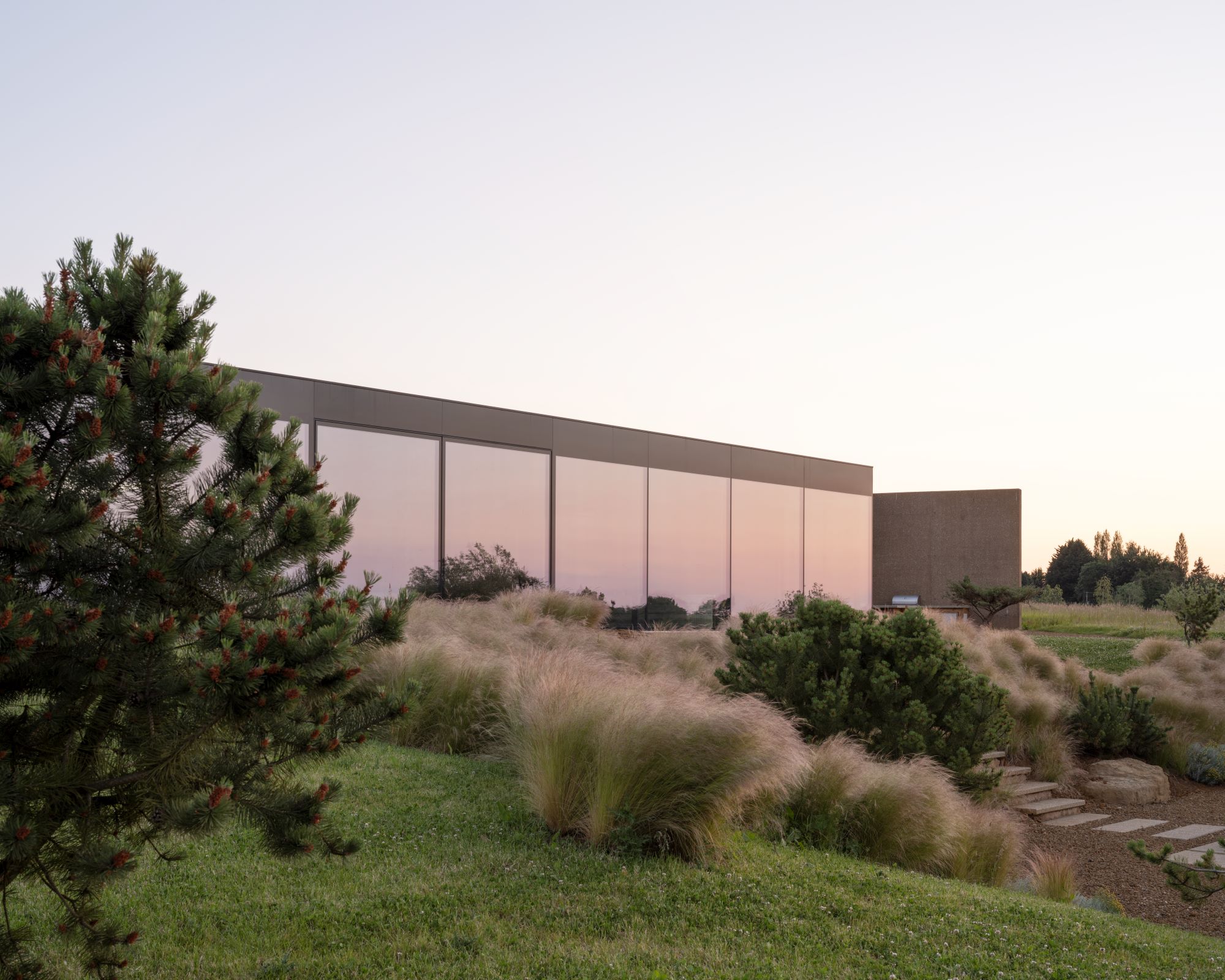 In this Cotswolds home, drama meets minimalism
In this Cotswolds home, drama meets minimalismCotswolds home Hiaven house, with interiors designed by McLaren Excell, is a perfect blend of contemporary chic and calm, countryside drama
-
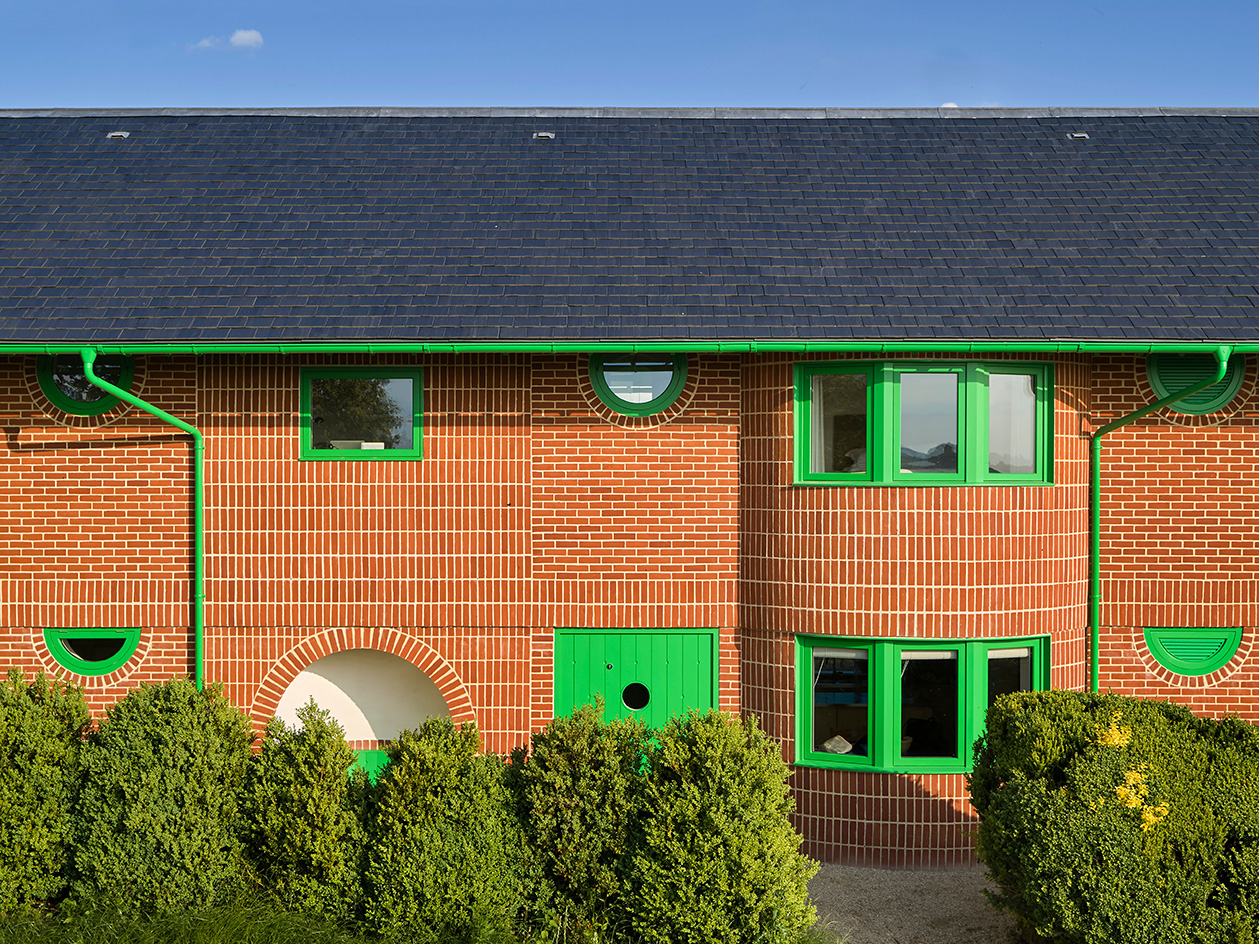 David Kohn’s first book, ‘Stages’, is unpredictable, experimental and informative
David Kohn’s first book, ‘Stages’, is unpredictable, experimental and informativeThe first book on David Kohn Architects focuses on the work of the award-winning London-based practice; ‘Stages’ is an innovative monograph in 12 parts